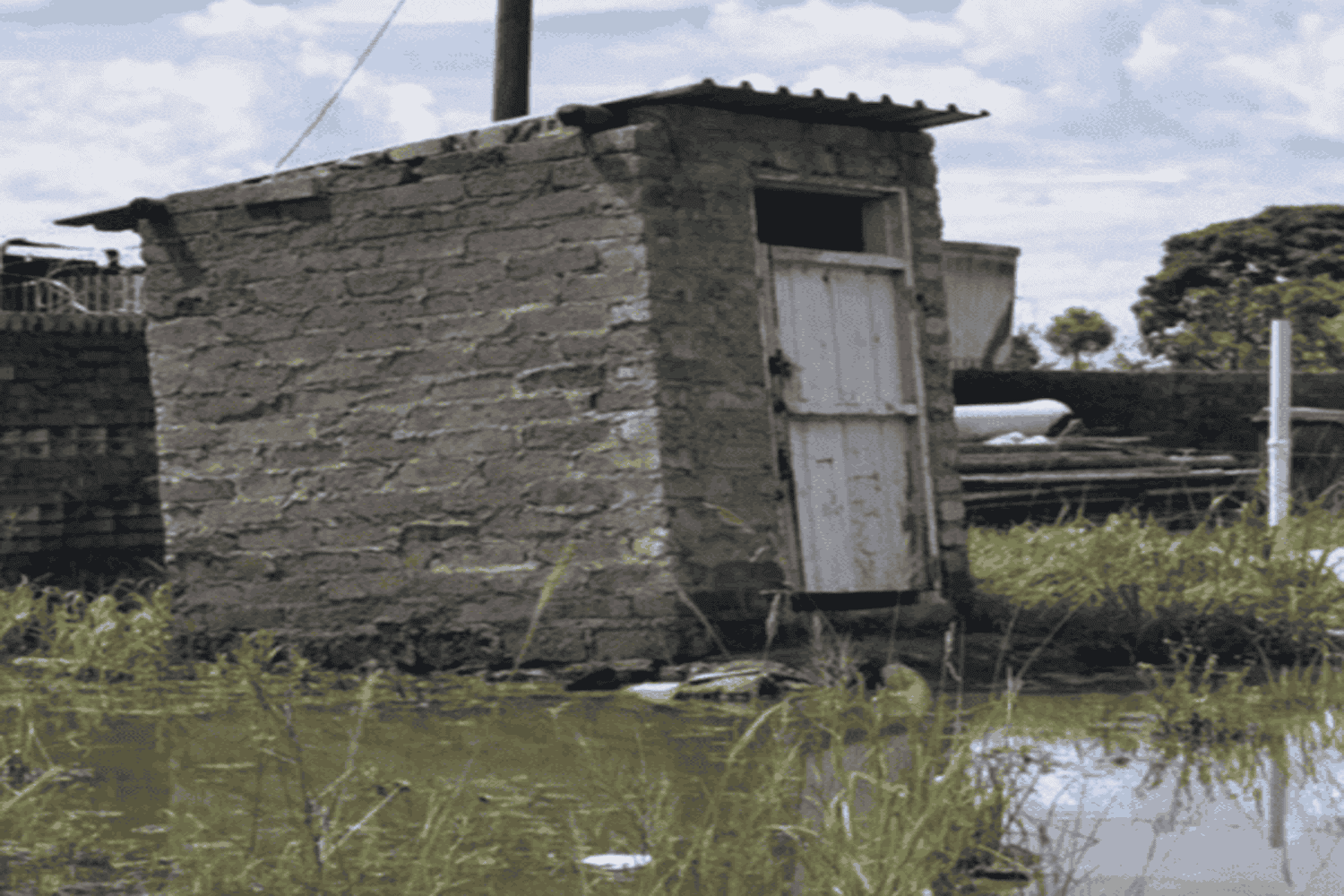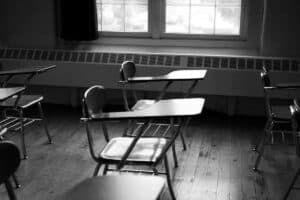More than 30 years into democracy, the department of basic education noted that pit latrines continue to exist.

As the number of pit toilets in South Africa’s public schools slowly decreases, the department of basic education (DBE) has admitted that not all schools will ever have flushing toilets.
This reality is shaped by infrastructure limitations, water shortages and municipal backlogs.
Flush toilets ‘not viable in all schools’
In a written reply to a parliamentary question from IFP MP Sibusiso Ngcobo, Minister of Basic Education Siviwe Gwarube said full flush systems were “not viable in all schools”.
This is due to the lack of bulk services in many rural and peri-urban areas.
“Sanitation provision is therefore context-specific,” she said.
She added that the department follows the minimum uniform norms and standards for public school infrastructure, which allow alternative systems where water supply or municipal connections are unavailable.
This means many schools will continue relying on dry or ventilated improved pit (VIP) toilets, enviro loos or composting systems.
ALSO READ: Pit toilets: Counting down the number of schools still using long drops
Scourge of pit toilets persists
More than 30 years into democracy, thousands of pupils across South Africa still attend schools with dangerous, collapsing pit toilets.
These outdated systems have claimed young lives in the past and remain symbols of neglect in the education system.
The DBE noted that pit latrines continue to exist. This is even outside the department’s sanitation appropriate for education (Safe) initiative.
In July 2024, South Africa estimated 23 000 pit toilets in public schools.
ALSO READ: Basic education passes ‘significant milestone’ in eliminating pit toilets in schools
97% of unsafe toilets replaced
Gwarube said that “97% of public schools identified under the Safe initiative have been assisted.”
The remaining projects are due for completion in the current financial year.
However, she acknowledged that the final phase of implementation had been delayed. The delays were caused by “procurement challenges, contractor underperformance, adverse weather conditions and local disruptions”.
Some contracts with underperforming service providers had been terminated, she said.
Meanwhile, projects abandoned by donor partners were reallocated to DBE implementing agents “to ensure completion this financial year”.
ALSO READ: Basic education department needs R129 billion to fix infrastructure at schools
Funding and accountability
According to Gwarube, R1.6 billion has been allocated for the eradication of pit latrines in the 2025/26 financial year. This comes under the School Infrastructure Backlogs Grant (SIBG).
The fund also covers the Accelerated Schools Infrastructure Delivery Initiative (ASIDI). This focuses on replacing unsafe structures and improving access to water, electricity and sanitation.
However, she warned that government reforms planned for 2026/27, including merging the SIBG with the Education Infrastructure Grant, will reduce the DBE’s ability to directly influence sanitation delivery.
It will shift even more responsibility to provinces.
“Provinces will play an even greater role in the implementation of public school infrastructure projects, including sanitation projects,” she said.
“Provincial education departments should not be returning funds to the National Treasury while school infrastructure backlogs persist.”
ALSO READ: Calls for urgent audit as deadline to eradicate pit toilets in schools passes
Safe Schools App
Gwarube said her department had requested all provincial education MECs to submit financial recovery and infrastructure delivery plans. These plans should outline timelines and strategies to close backlogs. They are currently under review.
She also confirmed that the DBE is reviewing school infrastructure regulations “to strengthen accountability and ensure the safety and dignity of all learners”.
To improve transparency, the department has introduced the Safe Schools App, developed by Vodacom. This allows the public to report unsafe sanitation facilities directly.
ALSO READ: Body found in pit toilet linked to 2023 missing persons case
Persistent inequality
While the government touts near completion of the Safe initiative, the continued existence of pit toilets and the acknowledgement that flushing toilets are not feasible everywhere highlight the long-term reality.
South Africa’s poorest schools will continue to rely on non-flush sanitation systems for years to come.
Despite the progress, the minister’s admission underscores a painful truth.
Until basic services reach every corner of the country, many South African pupils will keep learning in schools where toilets still don’t flush.
NOW READ: Reasons given for incomplete eradication of 10 000 bucket toilets






